We may earn money or products from the companies mentioned in this post. This means if you click on the link and purchase the item, I will receive a small commission at no extra cost to you ... you're just helping re-supply our family's travel fund.
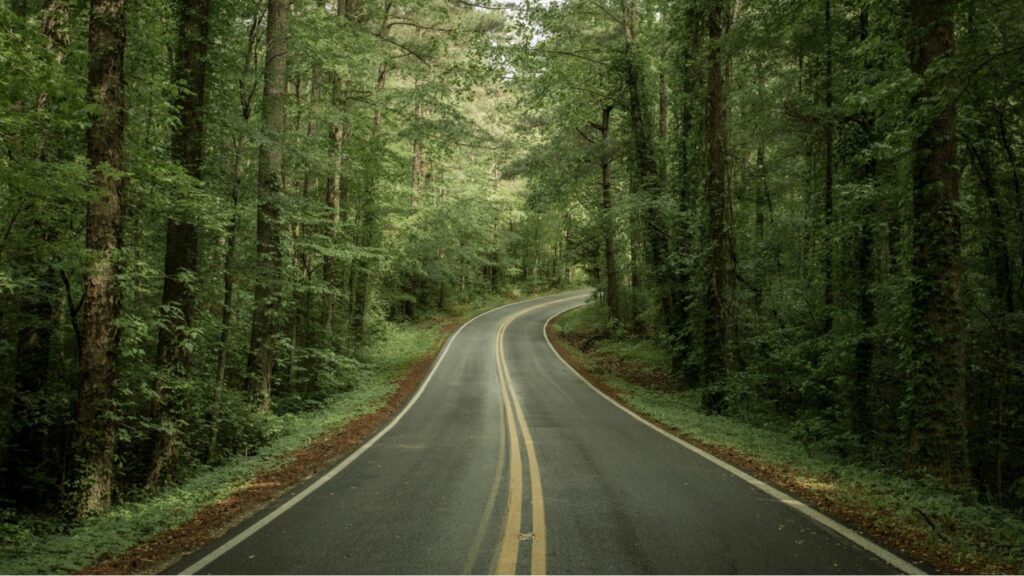
Planning a scenic drive through Tennessee’s breathtaking mountain roads? You’re not alone—but many visitors underestimate the terrain’s challenges. The Smoky Mountains are stunning, but their curves, climbs, and changing weather require special attention. Whether it’s relying too much on GPS or ignoring road signs, these missteps can turn a peaceful road trip into a stressful ordeal. Avoiding these 11 common mistakes will help you stay safe and enjoy every scenic overlook, wildlife sighting, and cozy cabin view without the added drama of preventable mishaps or breakdowns.
1. Underestimating How Curvy the Roads Are
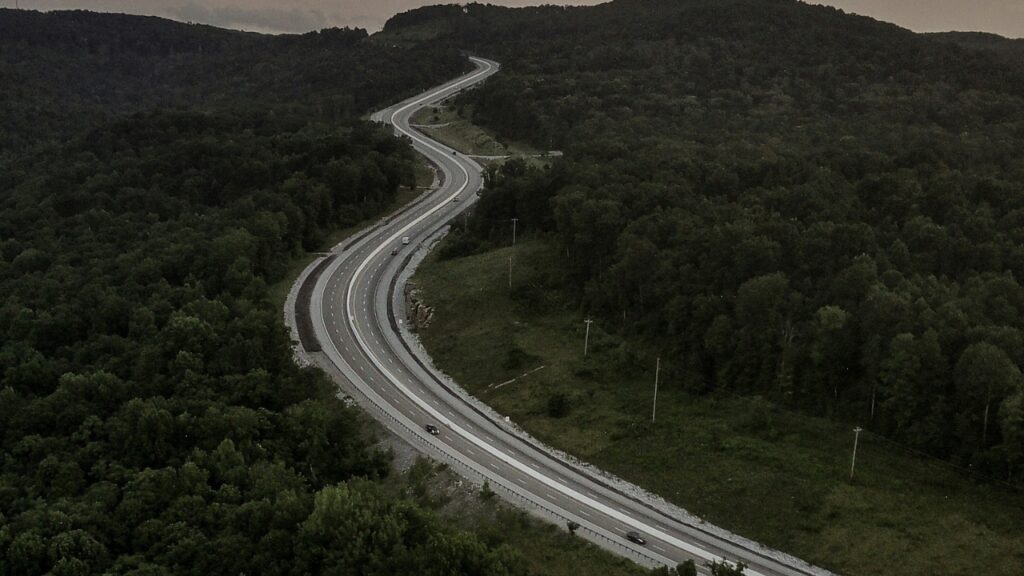
Tennessee’s mountain roads twist, climb, and descend sharply. Many tourists expect wide highways but find unpredictable curves, blind turns, and narrow lanes, risking control if speeding. Approach every curve slowly with both hands on the wheel, staying focused. Enjoy the stunning mountain scenery safely from designated pull-offs, rather than while navigating challenging roads.
2. Ignoring Weather Forecasts

Mountain weather is notoriously fickle. A sunny start can quickly turn to fog, rain, or even ice, especially at higher elevations. Tourists who skip checking the forecast often get caught in dangerous conditions without proper gear or planning for sudden temperature swings. Always check the local forecast before you set out, and consider delaying your drive if adverse conditions are expected.
3. Not Using Low Gear on Steep Descents
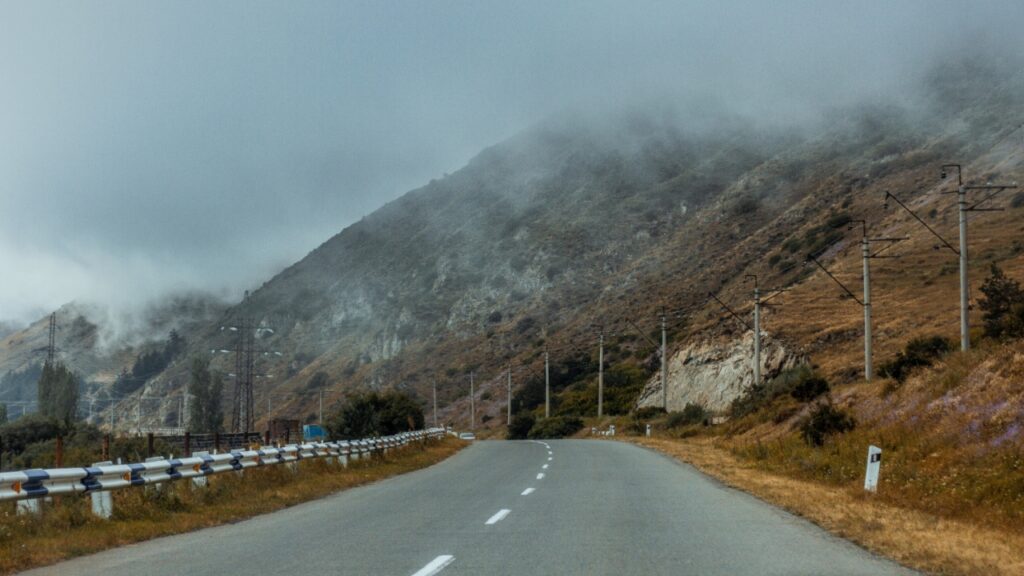
Long downhill slopes might seem relaxing, but coasting in a high gear can dangerously overheat your brakes. That burning smell is a clear warning sign. Many tourists ride their brakes too hard, risking failure on steep descents. Instead, shift into a low gear before heading downhill. This simple technique reduces brake reliance, gives you better control, and ensures a safer journey, especially on winding routes.
4. Trusting GPS Too Much
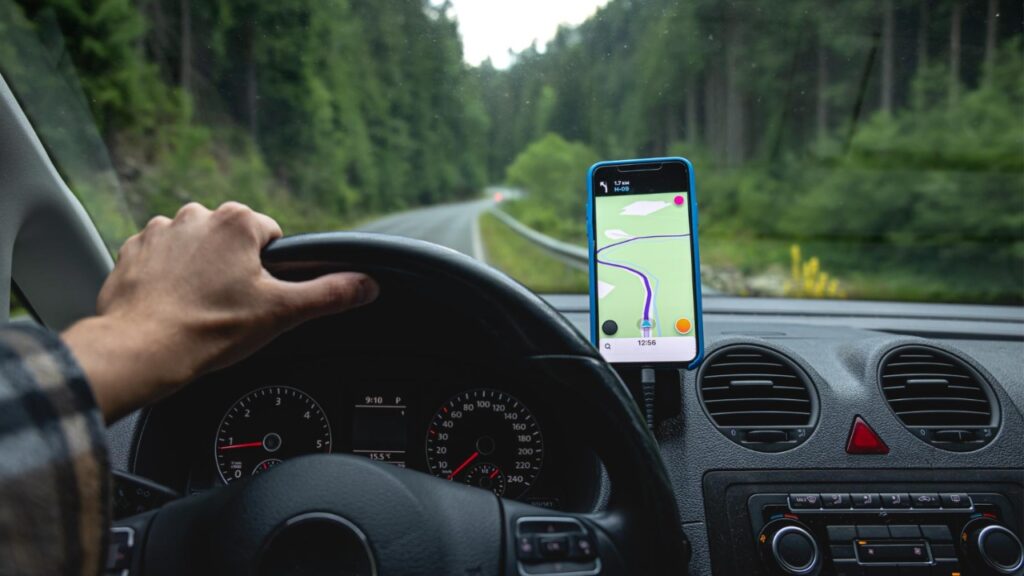
In Tennessee’s remote mountain areas, GPS isn’t always reliable. It can suggest unpaved roads, closed paths, or unsafe detours, especially where signal drops. Tourists relying solely on digital directions risk getting lost or stranded. Always download offline maps, carry a printed map as backup, and stay alert for physical road signs and local detour markers. Preparation and common sense are key here.
5. Failing to Fill Up on Gas
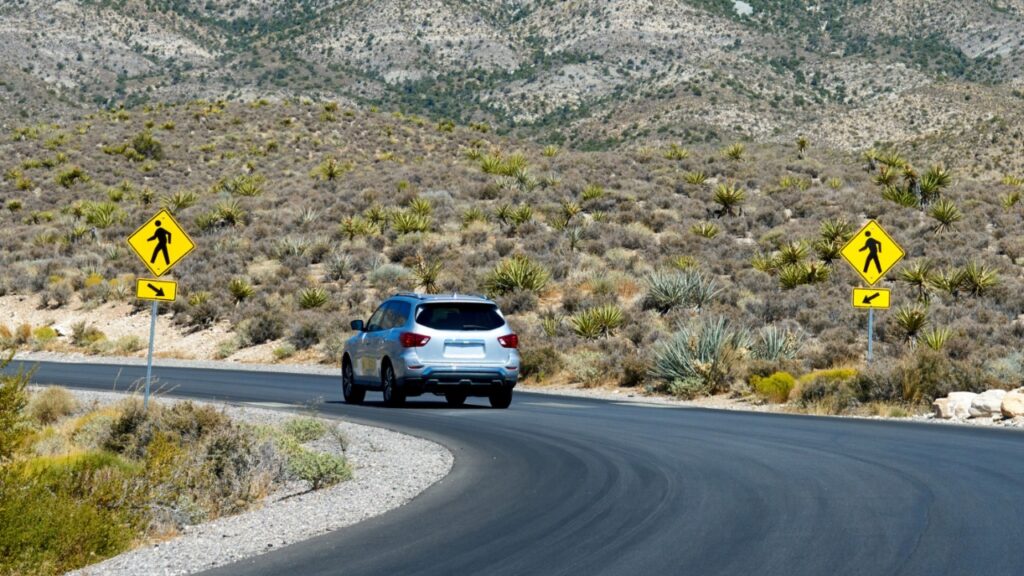
Gas stations are scarce in mountain regions. Tourists who forget to fill up in town often find themselves low on fuel far from the nearest pump. Running out of gas on a winding ridge road is more than inconvenient—it’s unsafe, as cell service can be unreliable. Always start your mountain drive with a full tank. Make a mental note of the last available gas station and top off early to avoid unnecessary stress.
6. Overpacking or Poorly Loading the Vehicle
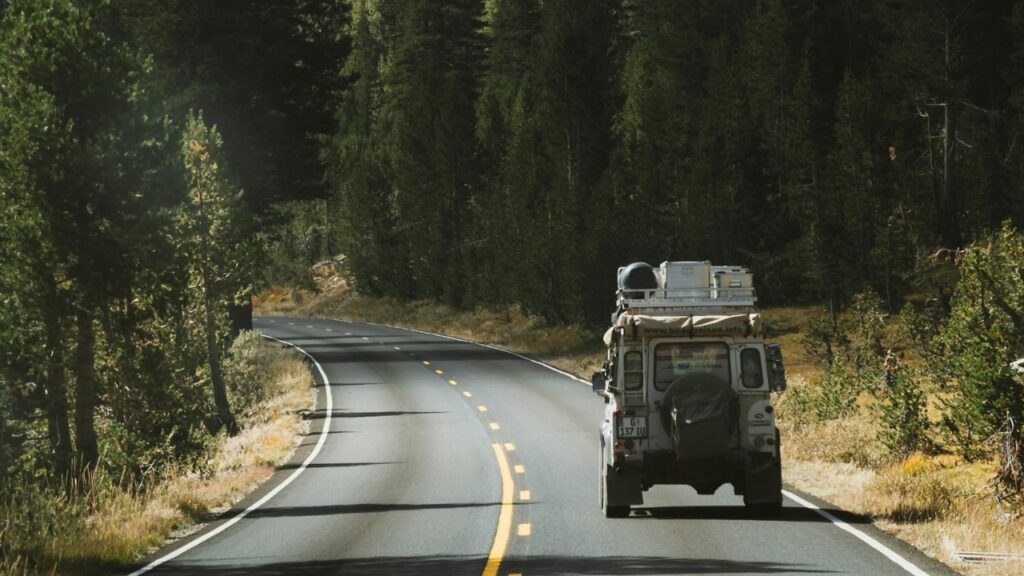
Bringing gear for hikes and snacks is smart, but too much weight or uneven packing can throw off your car’s balance, especially on curvy mountain roads. Heavy items should be stacked low and near the center of the vehicle, never blocking mirrors. A well-packed car is more stable, safer, and comfortable. Overloaded trunks and roof racks also strain your brakes and suspension on those steep climbs and descents.
7. Forgetting to Use Pull-Offs
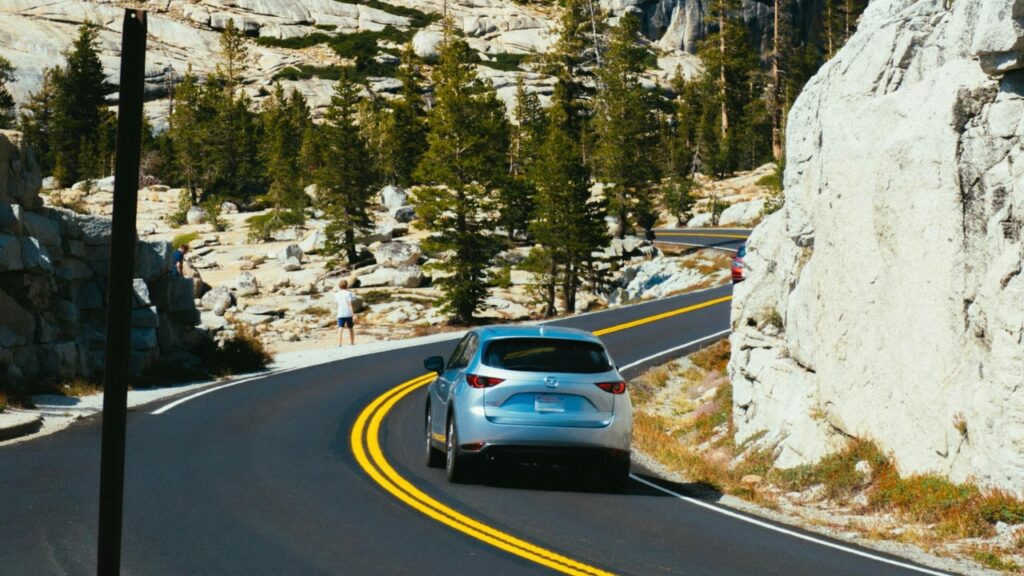
The Smokies offer jaw-dropping views, but slowing down in the middle of the road to admire them is dangerous. Tourists who brake suddenly or swerve to take photos risk rear-end collisions or driving off the shoulder. Tennessee provides numerous scenic pull-offs and overlooks where you can safely stop, soak it all in, and take pictures. Use these designated areas for a safer and more enjoyable experience for everyone.
8. Overlooking Wildlife Warnings
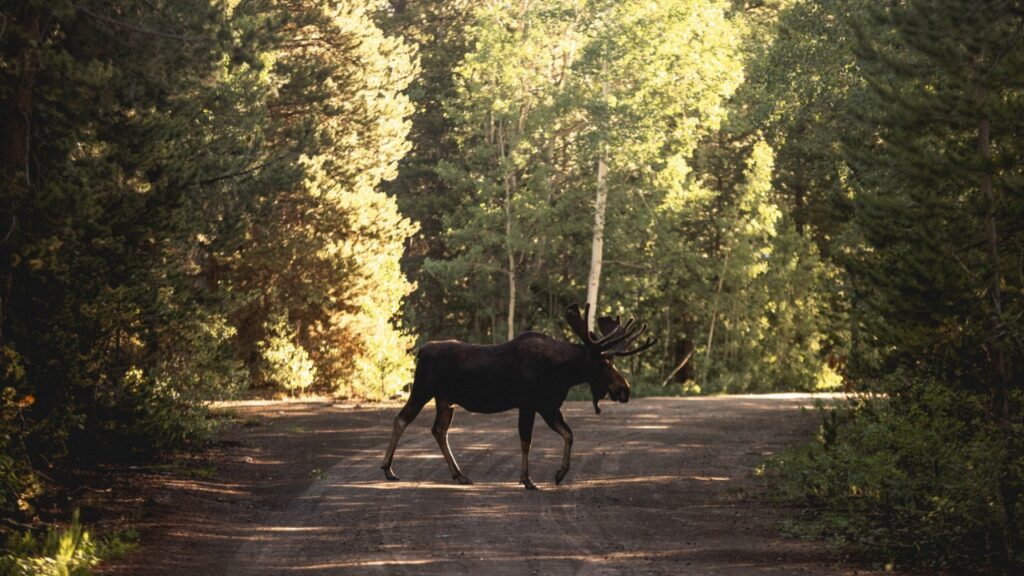
From bears to deer, wildlife is abundant in the Tennessee mountains. Tourists unfamiliar with animal behavior often ignore warning signs or speed through wooded zones, risking collisions. Animals are most active at dawn and dusk—slow down and stay highly alert. If you spot eyes glowing in your headlights or movement near the tree line, reduce your speed immediately and be patient. Hitting wildlife is not only tragic but can cause serious damage and injury.
9. Not Checking Road Closures
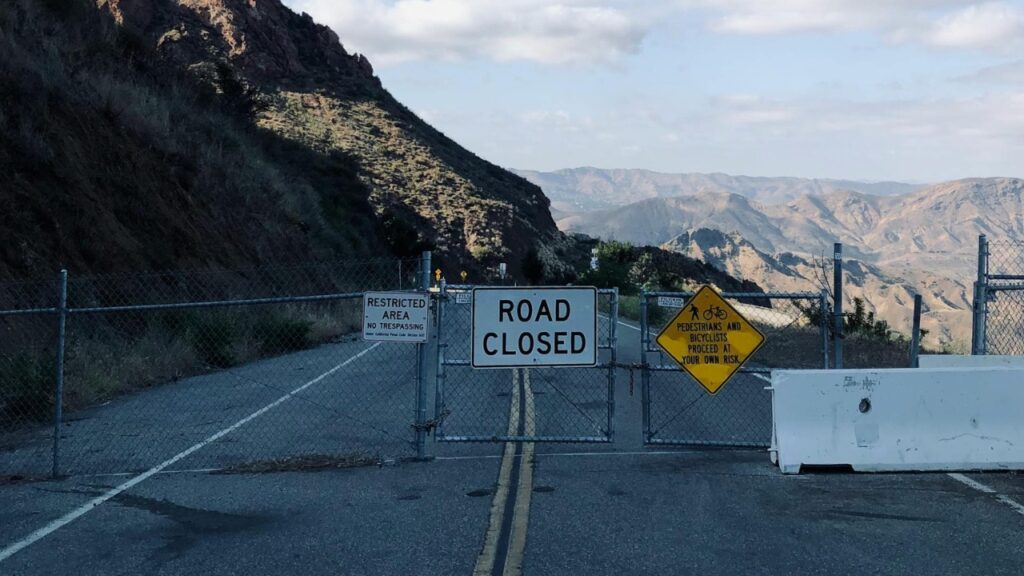
Landslides, floods, fallen trees, or seasonal repairs frequently close mountain roads, sometimes for weeks. Tourists who fail to check conditions ahead often find themselves turning back hours into a drive, leading to significant frustration. Avoid this by visiting the Great Smoky Mountains National Park or Tennessee DOT websites before departure. Local ranger stations and tourism boards also offer helpful social media updates. A brief check saves hours of rerouting.
10. Driving in the Dark

Mountain driving after sunset is not for the inexperienced. Most roads lack lighting, have limited signage, and feature steep drop-offs. Fog or unexpected wildlife further complicates visibility. Tourists unfamiliar with the terrain often misjudge distances or turns, especially in rental vehicles. Try to complete your drive before dark. If night driving is unavoidable, ensure your headlights are clean, use high beams responsibly, and always drive slowly. Safety always takes priority over schedule.
11. Neglecting Tire and Brake Checks

Mountain roads demand reliable tires and responsive brakes. Tourists often overlook pre-trip inspections, risking blowouts or brake failure on steep slopes. Check tire pressure, tread, and fluid levels before departure. Ensuring your vehicle is mechanically ready adds a layer of safety and peace of mind, letting you focus on the scenery instead of worrying about car performance.